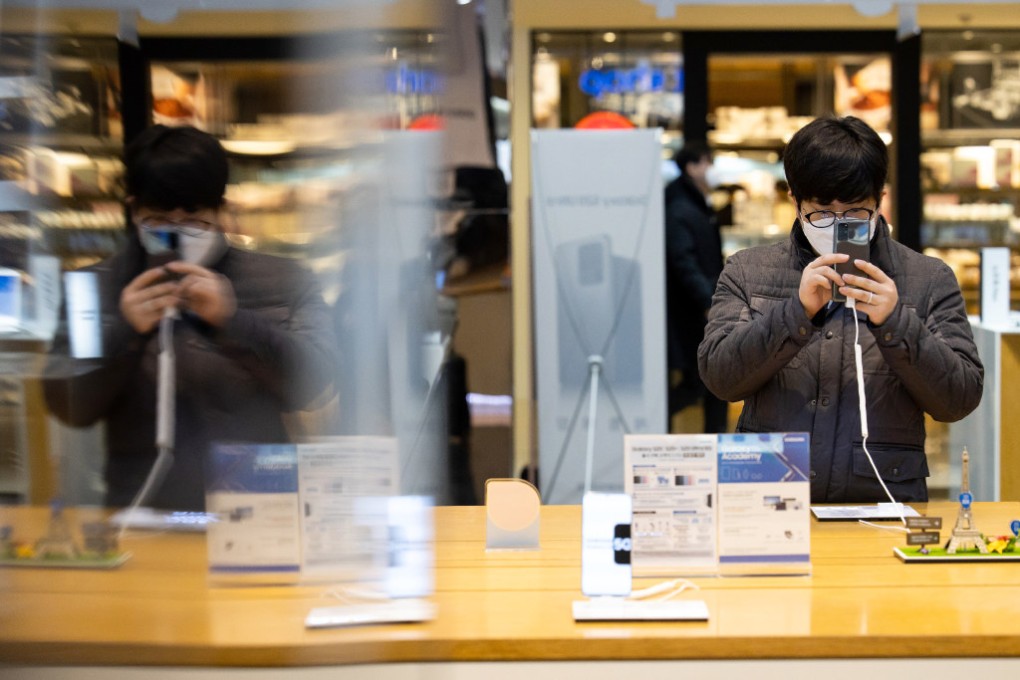Advertisement
Will gadget shopping ever be the same again after the pandemic?
In the age of social distancing, people might not want to handle fingerprint-smudged smartphones on display
Reading Time:4 minutes
Why you can trust SCMP

This article originally appeared on ABACUS
Apple unveiled the new iPad Pro and MacBook Air two weeks ago, but most fans still can’t try them out in stores. Since March 13, the Californian giant has shuttered all of its retail outlets except in Greater China, along with Samsung and Microsoft, which also closed their US stores.
Advertisement
Trying to find a good laptop to buy now that everyone in the family is staying home? Or wondering how Apple’s updated keyboard feels? All of sudden, it’s no longer an option to go on a shopping trip to see and touch things for yourself. And even in places where shops remain open, it’s easy to see why some people might be reluctant to handle display items.
Online shopping existed for years before the coronavirus pandemic, yet telecom stores and tech showrooms -- the kind of airy, minimalist space where tech brands display neatly-lined smartphones and other gadgets -- have remained a core part of brands’ sales pitch. In 2018, about two-thirds of Americans still purchased their latest phone from a brick-and-mortar shop, according to a survey conducted by Deloitte.
Despite our increasing addiction to the likes of Amazon and eBay, lines continue to snake outside Apple Stores every iPhone launch day. And Xiaomi store openings still attract devoted fans. Huawei is expanding its physical footprint overseas, opening its first flagship store in France last month after setting up shops in Barcelona, Madrid and Milan.
Price and the types of products might determine how comfortable people are about clicking the buy button online. Buying a book or a US$60 dress you’ve never seen is one thing; investing hundreds of dollars on a smartphone without trying it in person before is another. After all, some people now expect to keep their phones for three years.
Advertisement
But the pandemic has disrupted life as we knew it. With shops and factories shut down in parts of Asia, it’s estimated that the world bought 14 per cent to 38 per cent fewer smartphones in February compared with last year, according to industry analysts.
In China, where the contagion first exploded, shoppers are being introduced to new ways of shopping that attempt to replicate parts of the in-store experience.

Advertisement